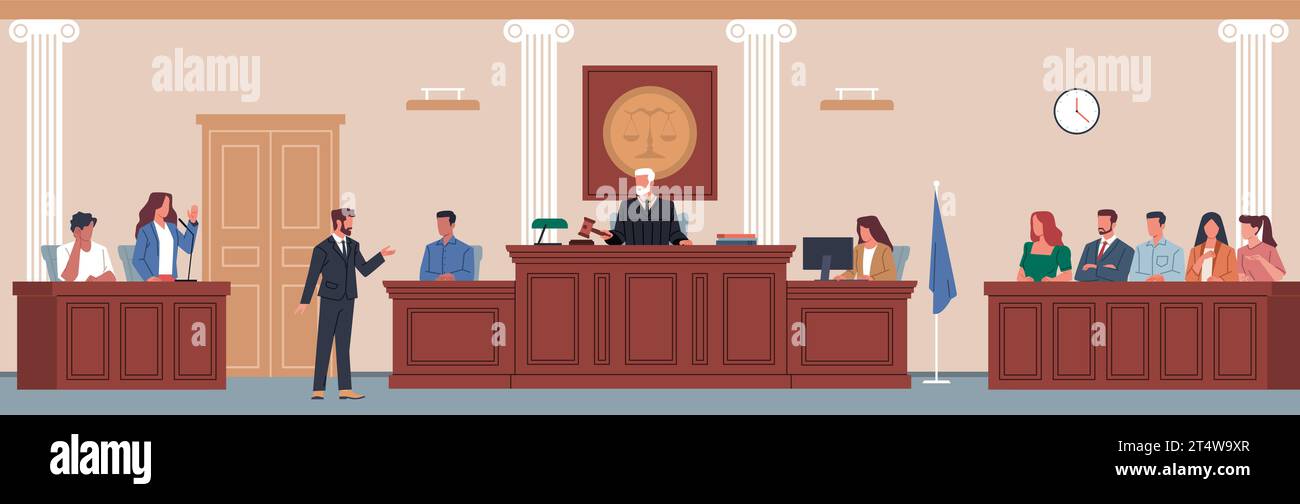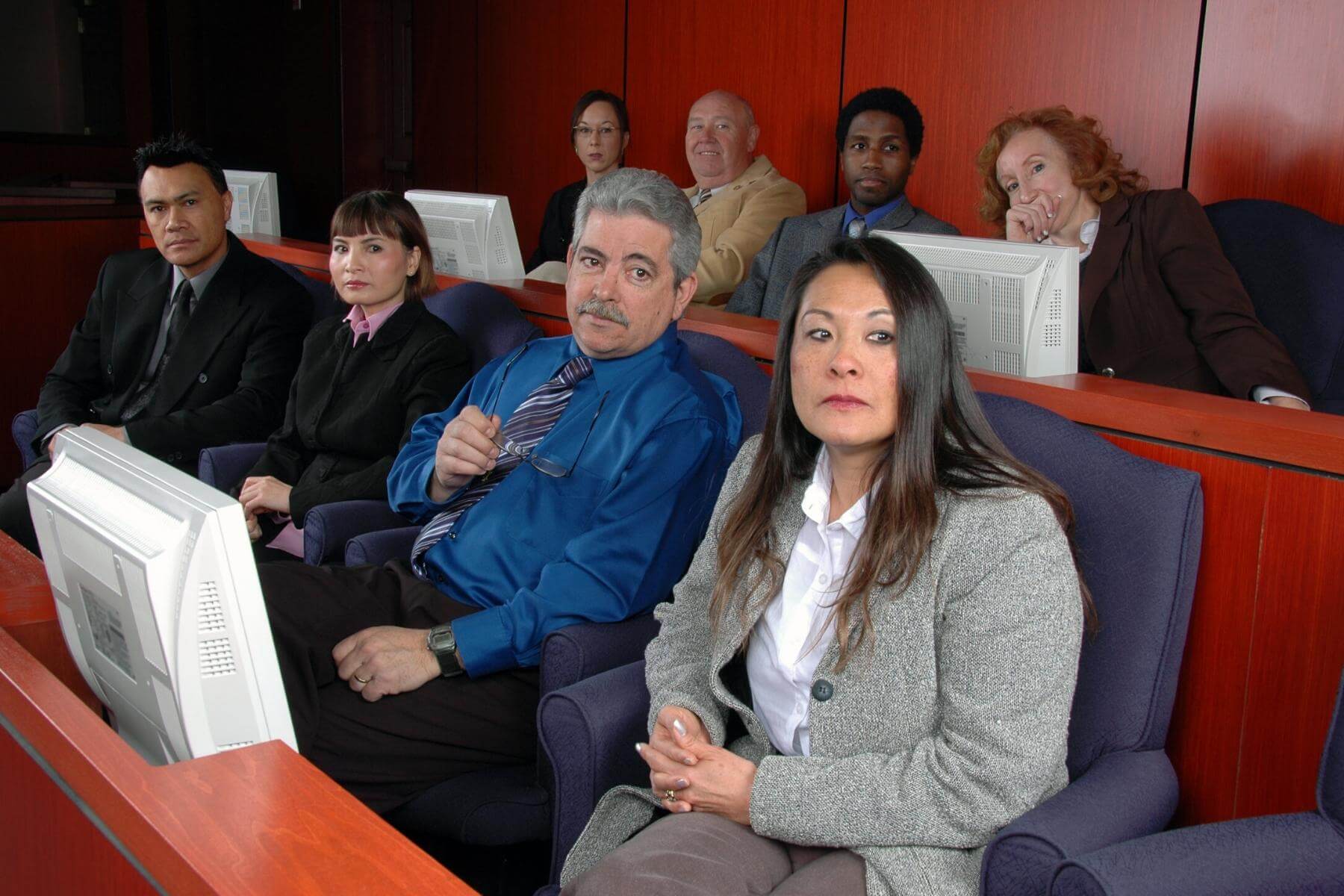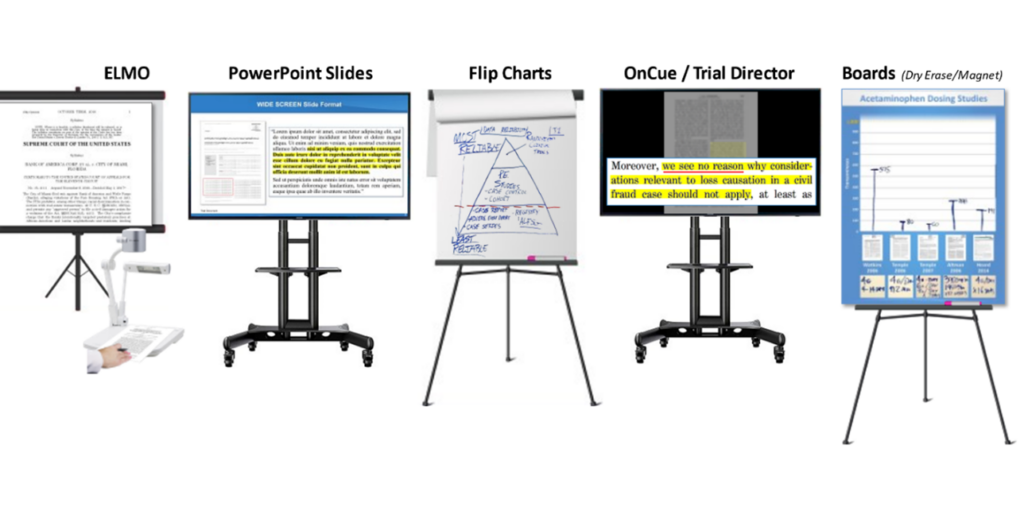Organize case evidence into impactful trial presentations that make an impression.
Organize case evidence into impactful trial presentations that make an impression.
Blog Article
Exactly How Trial Presentations Enhance Your Argument and Persuade Jurors
Test discussions act as an essential system for improving legal arguments and persuading jurors. By incorporating aesthetic help, narrative structures, and emotional engagement, lawyers can produce a compelling case that reverberates on numerous levels. The tactical use of visuals not just makes clear complicated information but additionally catches jurors' interest better than words alone. Nonetheless, the art of storytelling plays an equally critical duty in changing factual proof into a compelling story, shaping jurors' assumptions - trial presentations. Understanding these components can considerably impact test outcomes, elevating the question of just how each element adds to this elaborate dynamic.

Importance of Aesthetic Aids
Aesthetic aids play an essential duty in improving the effectiveness of test presentations, as they can significantly raise target market engagement and retention of details. In the context of a trial, where jurors are entrusted with processing facility info, visual aids offer to simplify and make clear crucial factors. Graphes, graphs, and pictures can communicate data and concepts that may otherwise bewilder or confuse jurors, permitting for an extra straightforward understanding of the evidence provided.
Furthermore, aesthetic aids help in keeping juror focus throughout the procedures. By damaging the uniformity of verbal testament, these tools can punctuate essential arguments, making them a lot more memorable. Efficient aesthetic aids can also stimulate emotional reactions, which can be crucial in convincing jurors to align with the speaker's story.

Crafting Engaging Stories
An engaging story is essential in test presentations, as it works as the foundation of reliable persuasion. It allows attorneys to weave with each other facts, evidence, and psychological elements into a meaningful tale that resonates with jurors. This narrative structure allows jurors to recognize the intricacies of the case while directing them via the lawyer's argument.
To craft a compelling narrative, lawyers need to concentrate on clarity and coherence. This includes developing a clear lead character-- frequently the client-- and describing their trip with the occasions concerned. Offering the realities in a logical sequence enhances comprehension and maintains interaction. Furthermore, making use of vibrant descriptions can produce mental images that help jurors imagine the events, making the narrative much more memorable.
Additionally, integrating essential motifs throughout the presentation reinforces the core message and help in retention - trial presentations. The story must not only convey information yet likewise stimulate a sense of justice, highlighting the stakes entailed. Ultimately, a sound story fosters a link in between the jurors and the instance, positioning the attorney's disagreement as both qualified and engaging, therefore boosting the possibility of a favorable judgment

Engaging the Court Emotionally
Reliable jury involvement hinges on the lawyer's capability to connect with jurors on a psychological level. This connection can significantly affect jurors' perceptions and their utmost decision-making. Utilizing sob stories enables lawyers to humanize the case, changing abstract legal ideas right into relatable experiences. By presenting real-life tales or testimonials, attorneys can stimulate empathy and empathy, cultivating a deeper understanding of the problems at risk.
Visual aids, such as pictures or video clips, can further improve psychological involvement, offering jurors with brilliant depictions of the case's human elements. Crafting a narrative that highlights the battles and accomplishments of the people entailed ensures that jurors see beyond the legal disagreements and identify the human effects of their choices.
An attorney's passionate delivery can reverberate with jurors, enhancing their emotional investment in the case. It's essential to stabilize psychological charms with factual evidence, making certain that jurors really feel obliged to act while remaining based in the fact.
Structuring Your Presentation

The body of the presentation need to be rationally segmented right into essential factors, look at here each supported by compelling proof. It is advantageous to make use of storytelling strategies to weave realities into a narrative that jurors can easily adhere to. Aesthetic help, such as charts and videos, can boost comprehension and engagement, assisting to highlight crucial items of evidence.
Real-World Study
Examining real-world situation research studies gives indispensable understandings right into the art of test discussions and persuasion. The defense team efficiently utilized a method that incorporated top-level specialist testimonies with multimedia presentations, which captivated jurors and ultimately influenced their decision.
One more significant instance is the "McDonald's Coffee Instance," where the like this complainant's lawyers made use of visuals pictures of the injuries endured by Stella Liebeck. trial presentations. This raw aesthetic proof played a vital duty in sharing the extent of her burns, bring about a substantial court honor. Such instances show that impactful trial presentations frequently hinge on the effective integration of visuals and narration to stimulate psychological reactions from jurors
Additionally, the "Casey Anthony Trial" highlighted the importance of narrative comprehensibility and credibility. The prosecution's failing to develop an engaging timeline reduced their convincing power, underscoring the need of a well-structured discussion. Examining these cases reveals that effective trial presentations call for calculated planning, psychological involvement, and the capability to resonate with jurors' worths and beliefs.
Conclusion
Test discussions considerably boost disagreements and persuade jurors via the calculated use of aesthetic aids, engaging narratives, and psychological interaction. By simplifying intricate information and fostering links with the audience, these components create a remarkable and impactful experience. A well-structured presentation equilibriums sob stories with accurate proof, eventually reverberating with jurors' Full Article values. The assimilation of these techniques not just influences decision-making however also emphasizes the significance of reliable communication in the court.
Report this page